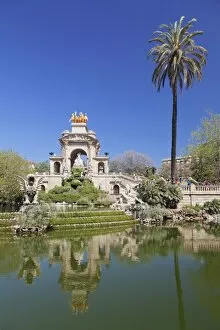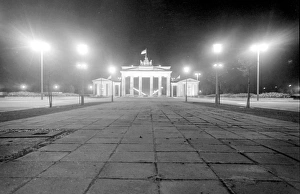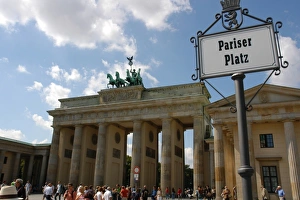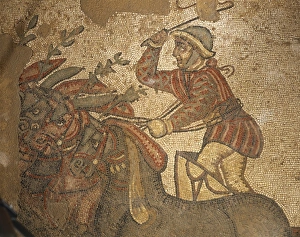Quadriga Collection (page 4)
A Quadriga, a magnificent symbol of power and victory, can be found in various iconic locations across Europe. In the heart of Venice's St
All Professionally Made to Order for Quick Shipping
A Quadriga, a magnificent symbol of power and victory, can be found in various iconic locations across Europe. In the heart of Venice's St. Mark's Square, The Horses of St. Mark stand proudly atop their pedestals, evoking awe and admiration from all who pass by. These majestic creatures also grace Wellington Arch in London, embodying strength and elegance on Constitution Hill. The origins of the Quadriga trace back to ancient Rome, where it was commonly seen in chariot races with four horses charging forward at lightning speed. This timeless representation of speed and triumph has transcended time and geography. In Berlin's Unter den Linden boulevard stands the renowned Brandenburg Gate adorned with its own Quadriga winged victory sculpture. Crafted by Johann Gottfried Schadow, this masterpiece captures the essence of glory that resonates throughout Germany. Not limited to Germany alone, Brussels boasts its own Cinquantenaire arch crowned with a striking Quadriga sculpture overlooking the city skyline. As dawn breaks or fireworks illuminate the night sky behind these monuments, they become even more enchanting symbols of grandeur. From Barcelona's Roman mosaic depicting a quadriga to Venezia square's Vittoriano monument showcasing this emblematic figure known as Altare della Patria - each location adds its unique touch to this age-old symbol. Whether witnessing an illuminated Brandenburger Tor gate during festival rehearsals or basking in the sun rising behind Brussels' Cinquantenaire arch - one cannot help but feel captivated by these extraordinary works of art that have stood witness to countless historical moments. The Quadrigas scattered across Europe serve as reminders that no matter where we are geographically or historically placed; human aspirations for victory remain universal.






































